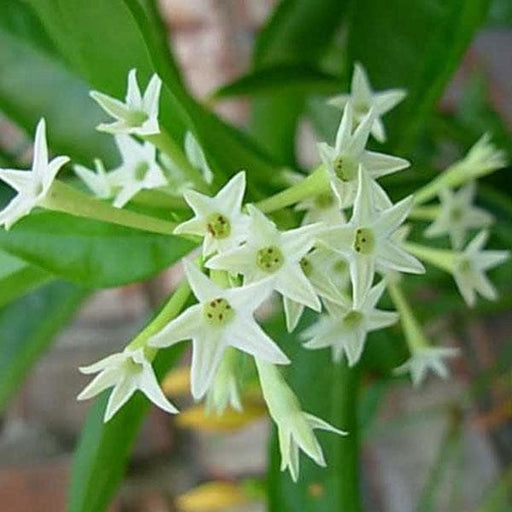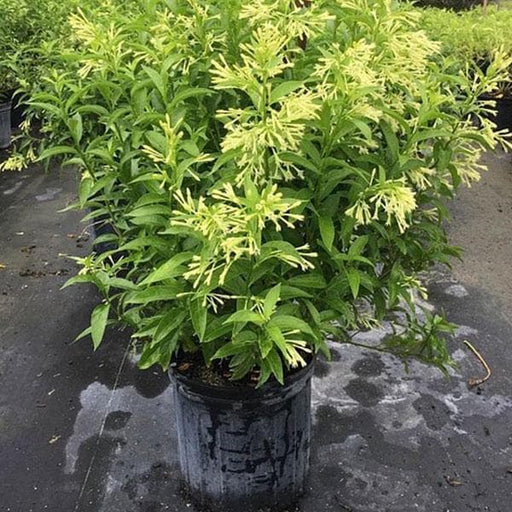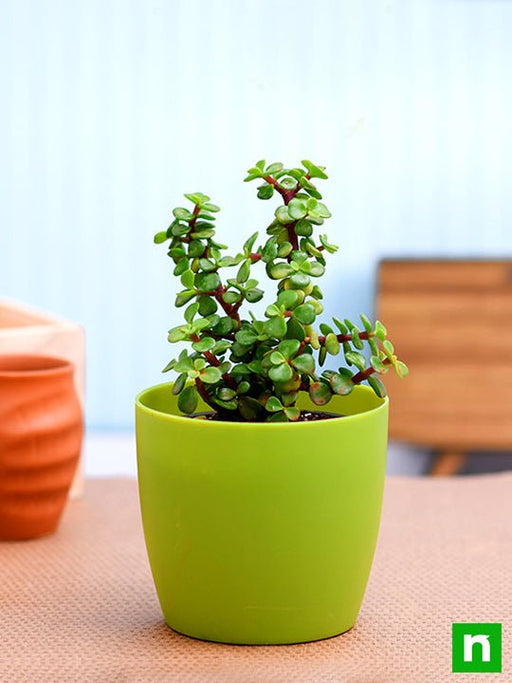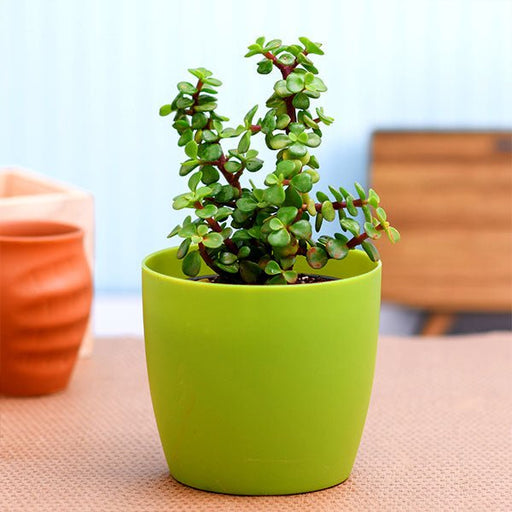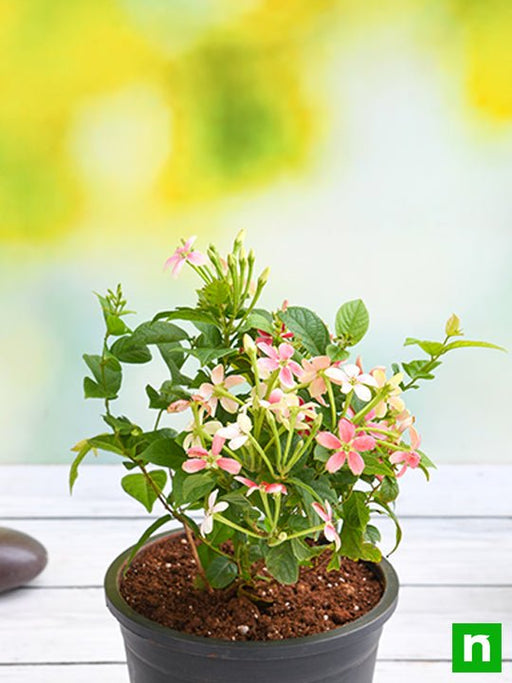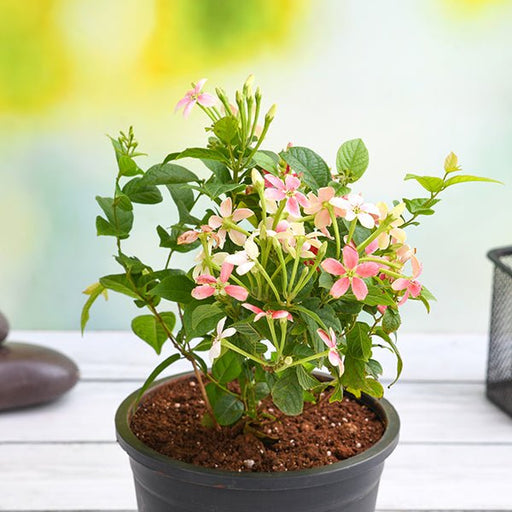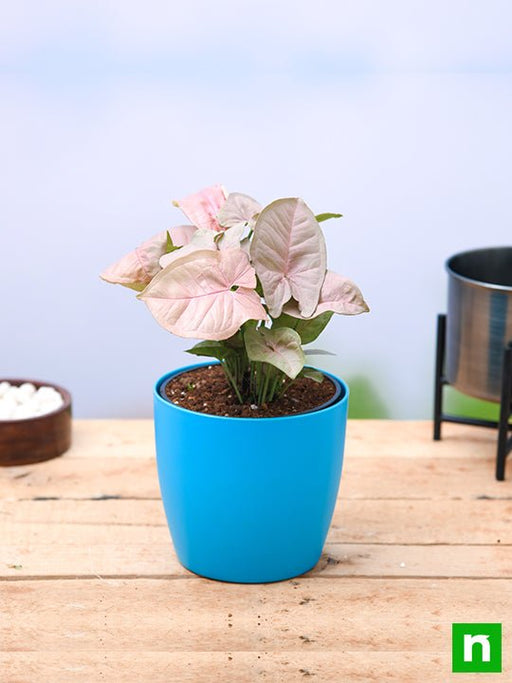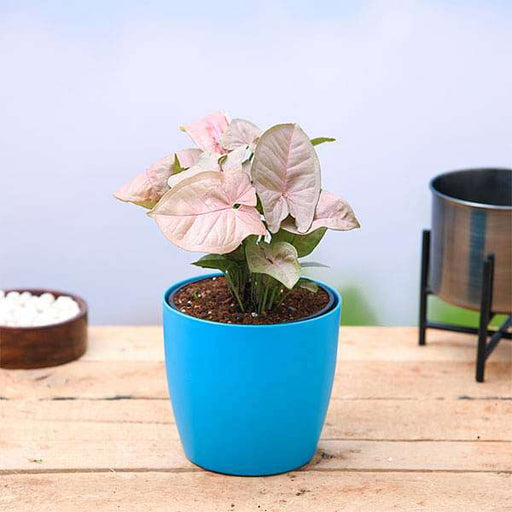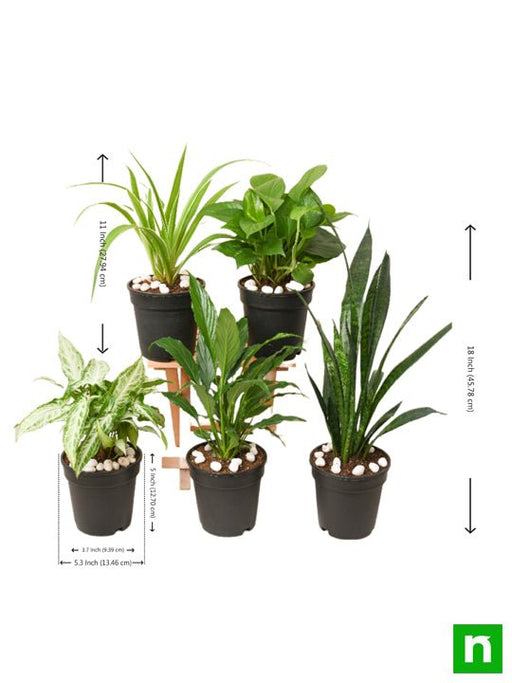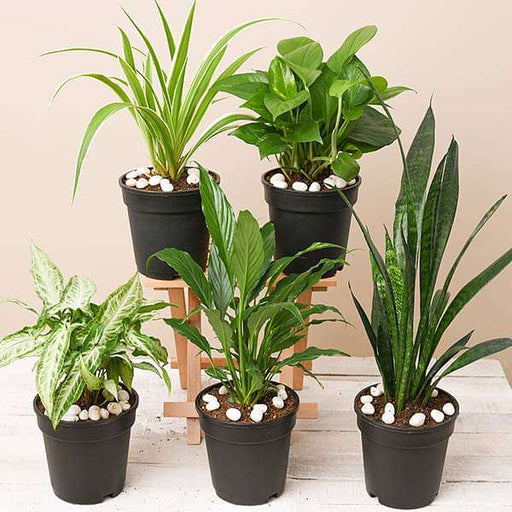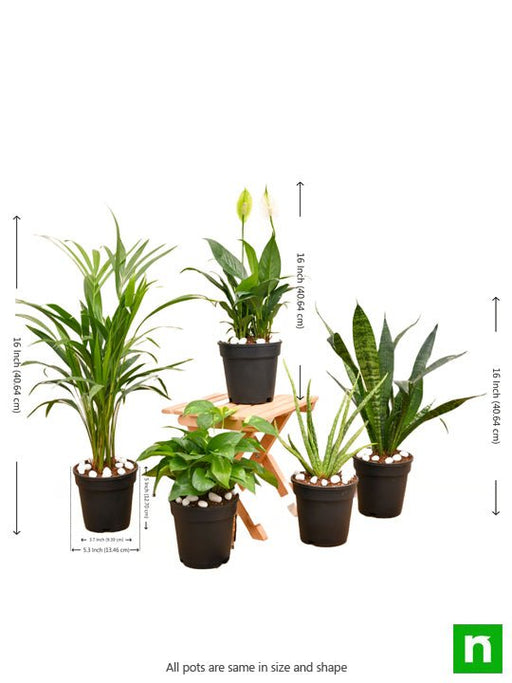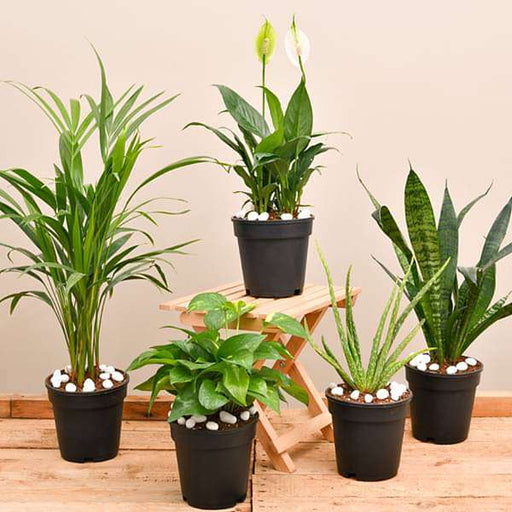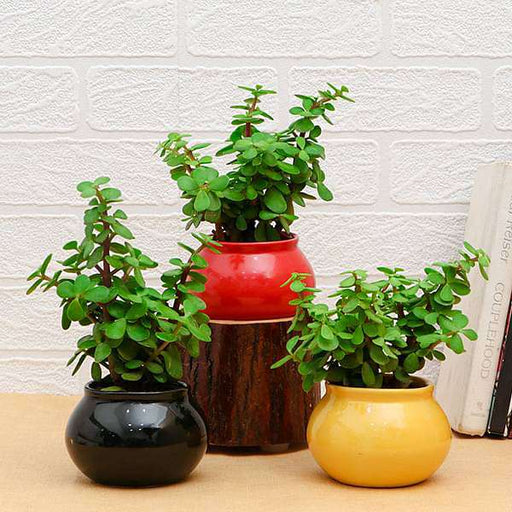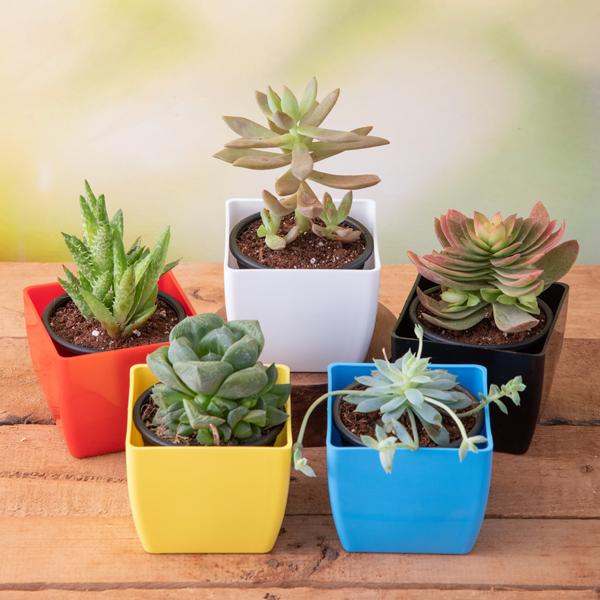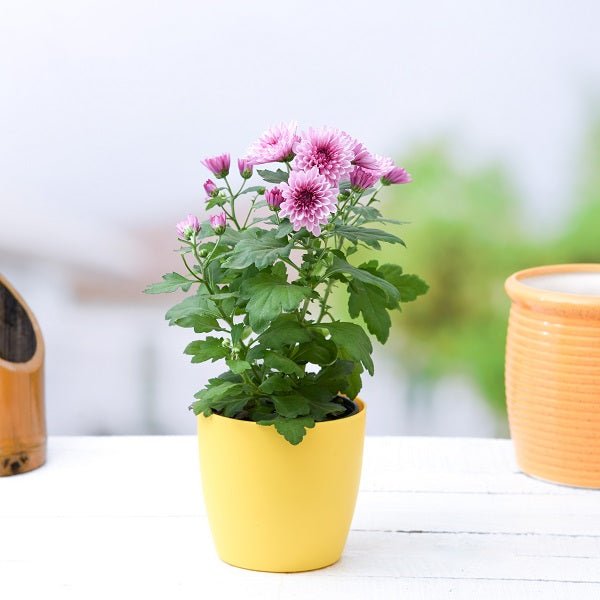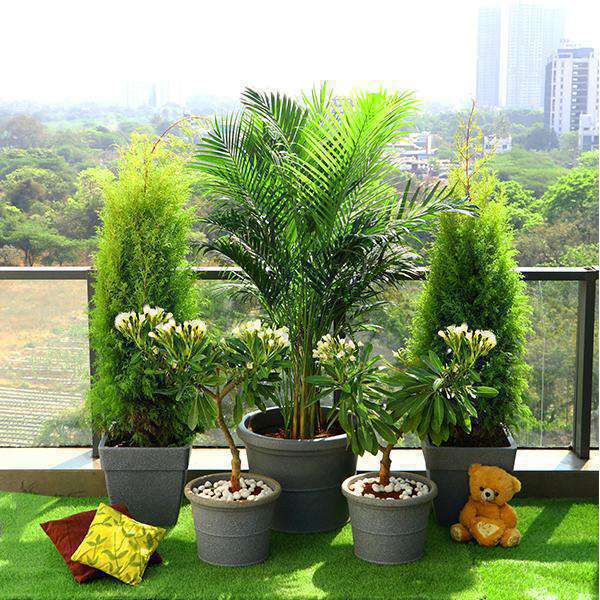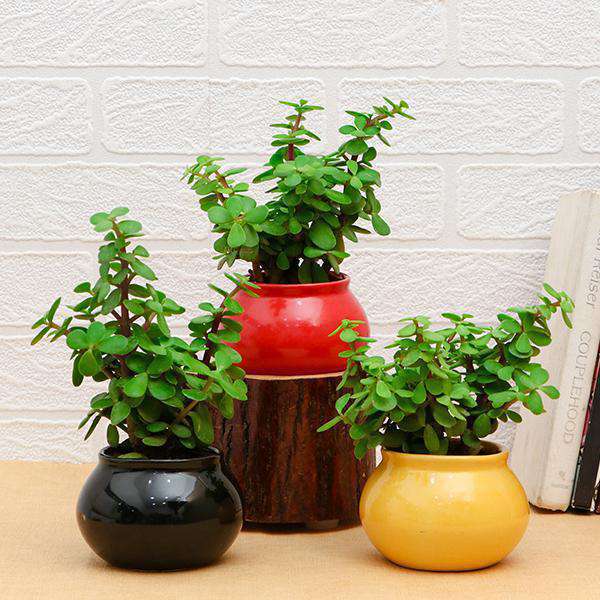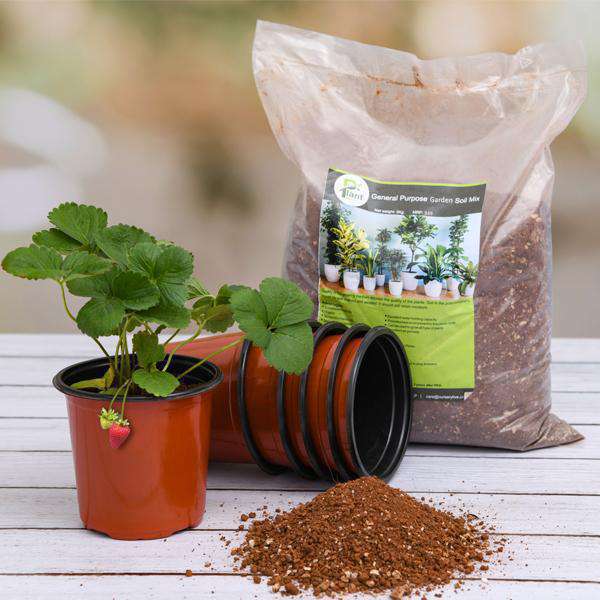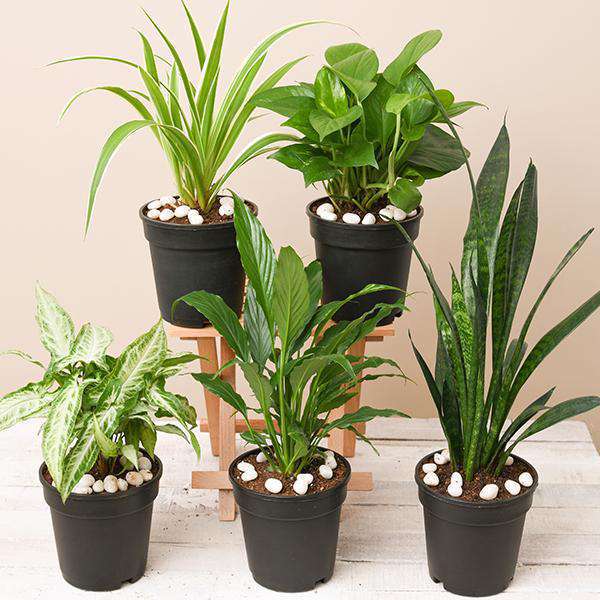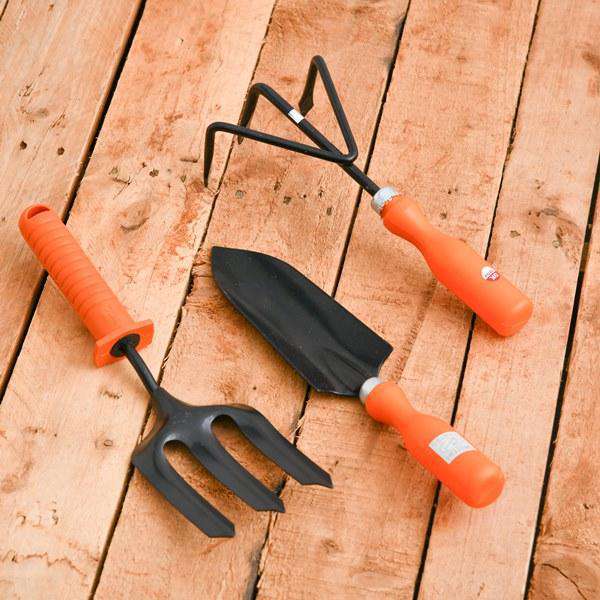Alpinia Purpurata Care
If you think taking care of a plant is as easy as watering a cactus, think again! Alpinia Purpurata, or Pink Ginger, requires a bit of TLC. This tropical diva loves well-drained soil, bright indirect sunlight, and humidity that would make a sauna jealous. Forget to water it, and you might as well be sending it a one-way ticket to plant purgatory. So, roll up your sleeves and get ready to pamper your Pink Ginger like the royalty it is!
Pink Ginger Benefits
Who knew that a plant could be a multitasking superstar? Alpinia Purpurata isn’t just a pretty face; it’s also a wellness warrior! This botanical beauty is known for its anti-inflammatory properties and can even be used in traditional medicine. So, while you’re admiring its stunning pink flowers, remember that it’s also working hard to keep you healthy. Talk about a plant that brings both beauty and brawn to your garden!
Tropical Plant Varieties
If you think Alpinia Purpurata is the only tropical plant worth your attention, think again! The world of tropical plants is a vibrant carnival of colors and shapes. From the flamboyant Heliconia to the elegant Bird of Paradise, there’s a whole jungle of options to explore. So, why not create a tropical paradise in your backyard? Just remember, the more, the merrier—your Pink Ginger will appreciate the company!
Growing Pink Ginger Indoors
Who says you can’t have a tropical getaway right in your living room? Growing Alpinia Purpurata indoors is like bringing a slice of paradise home. Just make sure it gets enough light and humidity, or it might start plotting its escape to the great outdoors. With the right conditions, your Pink Ginger will thrive and become the star of your indoor jungle. Just don’t forget to give it a name—every plant deserves a little personality!
Alpinia Purpurata Propagation
Ready to play plant parent and expand your Pink Ginger family? Propagation is the name of the game! You can easily propagate Alpinia Purpurata through division or offsets. Just make sure to give your new plant babies the same love and care you shower on the original. Before you know it, you’ll have a mini Pink Ginger army ready to take over your garden. Just remember, with great power comes great responsibility!
Pink Ginger Flower Meaning
Ah, the Pink Ginger flower—a symbol of beauty and elegance! In many cultures, Alpinia Purpurata represents love and affection. So, if you’re looking to impress someone special, gifting a Pink Ginger flower might just do the trick. It’s like saying, “I think you’re fabulous!” without uttering a single word. Plus, who wouldn’t want to receive a flower that looks like it’s straight out of a tropical fairy tale?
Alpinia Purpurata Uses
This plant isn’t just a pretty face; it’s a versatile gem! Alpinia Purpurata can be used in culinary dishes, traditional medicine, and even as a stunning floral arrangement. Its leaves can be used to wrap food, adding a hint of flavor and a dash of style. So, whether you’re whipping up a tropical feast or decorating your home, Pink Ginger has got your back. It’s the plant that keeps on giving!
Pink Ginger in Landscaping
If you want to make your garden the talk of the town, Alpinia Purpurata is your go-to plant! Its vibrant pink flowers and lush foliage can transform any dull landscape into a tropical oasis. Plant it in clusters for a dramatic effect, or use it as a stunning focal point. Just be prepared for compliments and maybe a few jealous neighbors. After all, who wouldn’t want a garden that looks like a vacation destination?
Alpinia Purpurata Pests
Every plant has its enemies, and Pink Ginger is no exception. While Alpinia Purpurata is generally resilient, it can fall victim to pests like aphids and spider mites. But fear not! A little neem oil or insecticidal soap can send those pesky intruders packing. Just keep an eye on your plant, and it’ll continue to thrive, looking fabulous and pest-free. Because let’s face it, nobody likes an uninvited guest!
Pink Ginger Culinary Uses
Who knew that Alpinia Purpurata could spice up your kitchen? The young shoots and leaves of Pink Ginger are edible and can add a zesty kick to your dishes. Use them in salads, stir-fries, or even as a garnish for cocktails. Your culinary creations will be the talk of the dinner table, and you’ll be the proud plant parent who brought this tropical flavor to life. Bon appétit!
Alpinia Purpurata Soil Requirements
If you want your Pink Ginger to flourish, you better pay attention to its soil preferences! Alpinia Purpurata thrives in rich, well-draining soil that retains some moisture without turning into a swamp. Think of it as the Goldilocks of soil—too dry or too soggy, and it won’t be happy. So, mix in some organic matter and keep it just right, and your Pink Ginger will reward you with stunning blooms!
Pink Ginger Seasonal Care
Just like you, Alpinia Purpurata has its seasonal moods. During the growing season, it’s all about sunbathing and soaking up nutrients. But when winter rolls around, it’s time to dial back the watering and let it rest. Think of it as your plant’s version of a spa day. With the right seasonal care, your Pink Ginger will bounce back each year, ready to dazzle you with its vibrant blooms.






